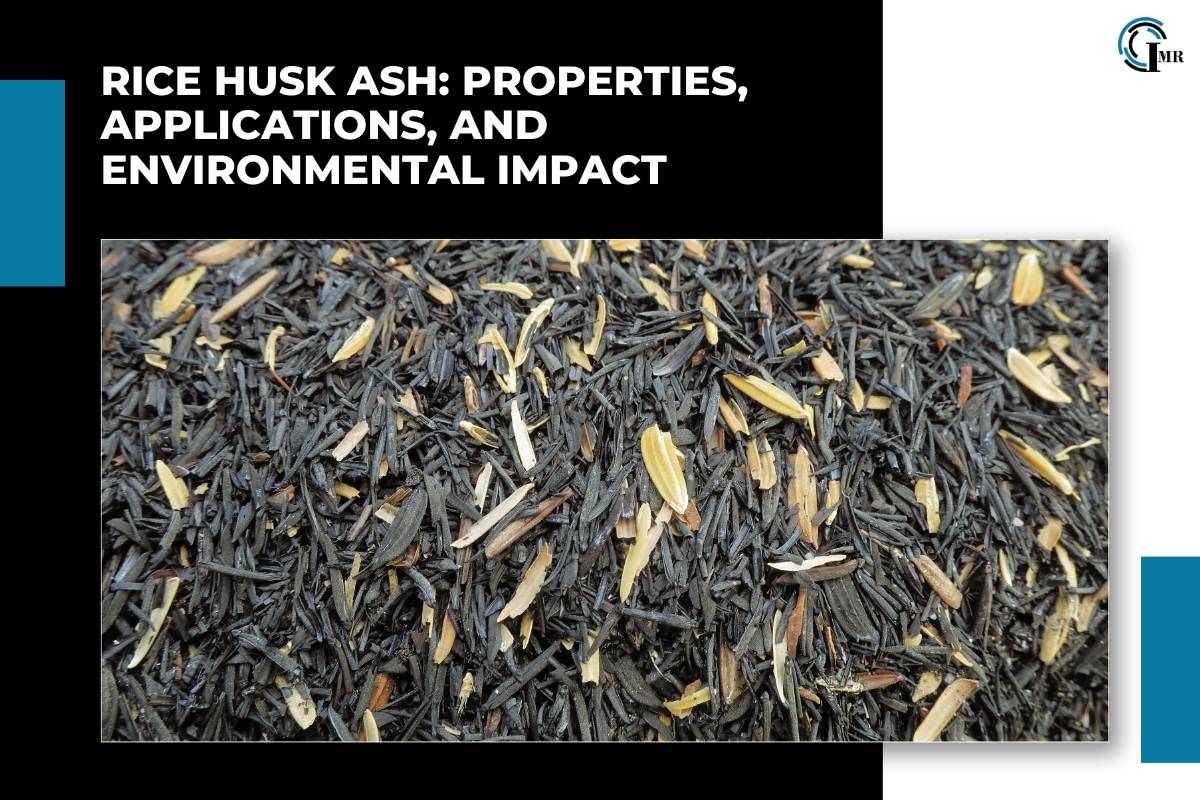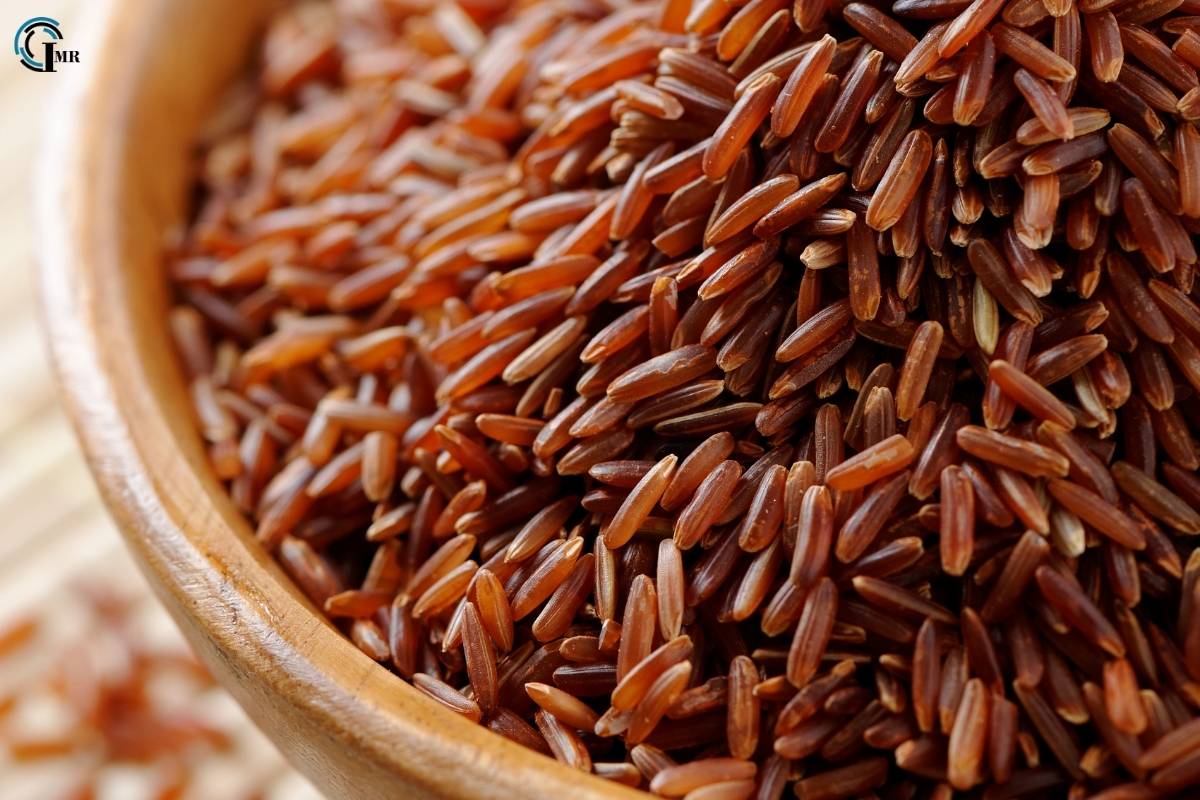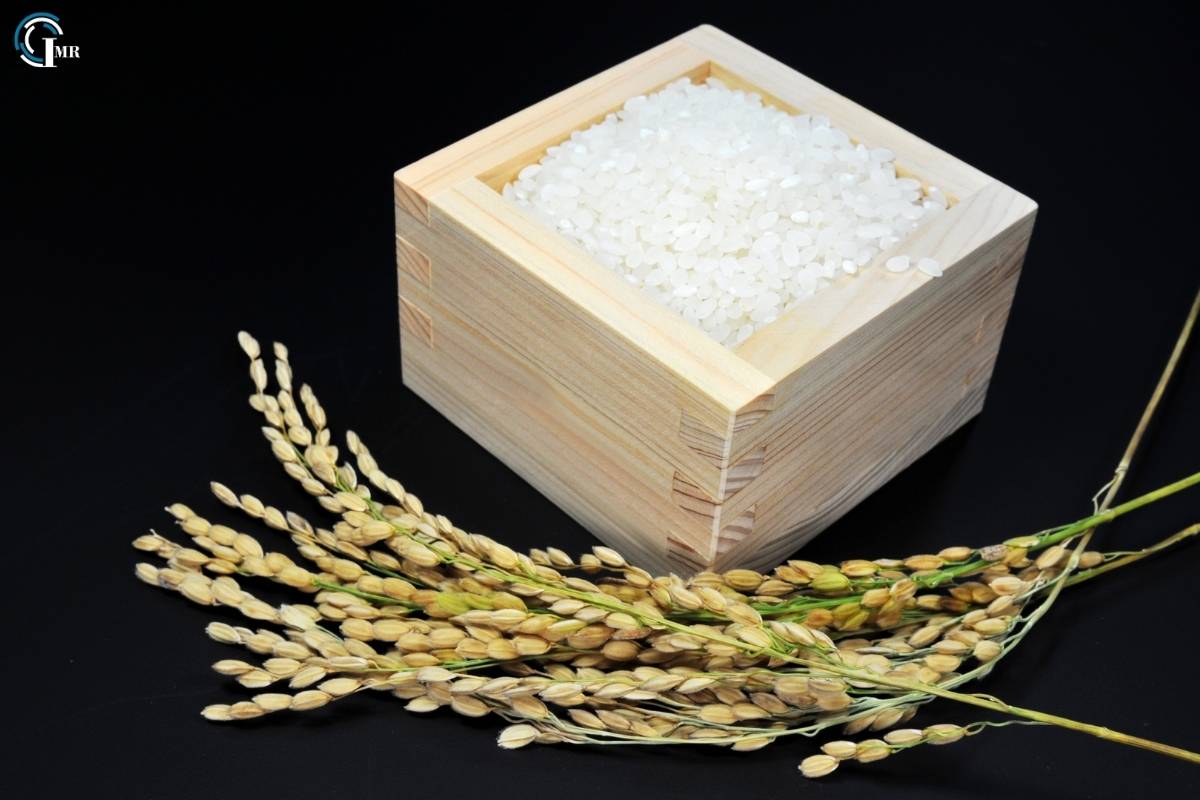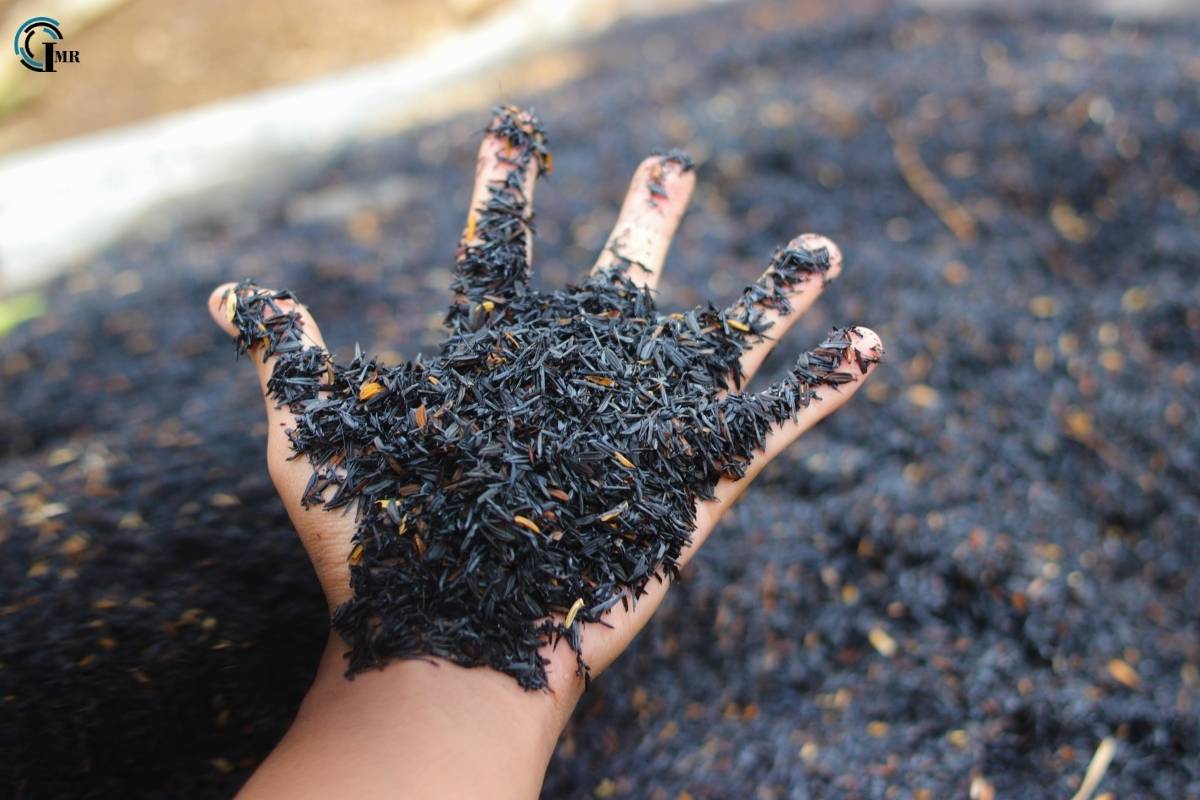Rice Husk Ash: Properties, Applications, And Environmental Impact

Rice husk ash (RHA) is a by product of the rice milling process, produced when rice husks, the outer protective layers of rice grains, are burned. As rice husks account for a significant proportion of the biomass generated in rice production, RHA represents a valuable resource with a wide range of applications and benefits. This article explores the properties, uses, and environmental impact of rice husk residue, highlighting its role in sustainability and industry.
Properties of Rice Husk Ash
Rice husk residue is predominantly composed of silica, making it a material of interest in various industrial applications. The composition of RHA can vary depending on the combustion conditions and the variety of rice husk ash. Generally, RHA contains about 70-90% silica, with smaller amounts of other elements such as potassium, calcium, magnesium, and phosphorus.
- Silica Content: The high silica content in RHA, often in the form of amorphous silica, makes it a valuable material. This form of silica is highly reactive and has numerous applications in industrial processes.
- Particle Size and Surface Area: The particle size of RHA can range from fine powder to coarser particles, depending on the burning process. Fine RHA particles have a high surface area, which enhances their reactivity and makes them suitable for various applications.
- Chemical Composition: In addition to silica, RHA contains other compounds such as alumina (Al₂O₃), iron oxide (Fe₂O₃), and trace elements. The chemical composition affects its suitability for different applications.
- Physical Properties: RHA is lightweight and can have a high bulk density. Its physical properties can be modified through different processing techniques to suit specific uses.
Current Applications

Rice husk ash has diverse applications across several industries due to its unique properties. Here are some prominent uses:
- Construction Industry: RHA is widely used in the construction sector as a supplementary cementitious material. It is often incorporated into concrete and mortar to improve their properties. The amorphous silica in RHA reacts with calcium hydroxide in cement to form calcium silicate hydrate (CSH), which enhances the strength and durability of concrete.
- Soil Stabilization: RHA is used as a soil stabilizer in geotechnical engineering. It helps improve the physical properties of soils, such as their compaction and shear strength. This application is particularly valuable in areas where high-quality soil is not available.
- Environmental Remediation: The adsorption properties of RHA make it useful in environmental remediation. It can be employed to remove pollutants from water and air. For example, RHA has been used to adsorb heavy metals and organic contaminants from wastewater.
- Agriculture: In agriculture, RHA serves as a soil amendment. It can improve soil fertility by adding essential nutrients such as silica, potassium, and calcium. Additionally, its use in composting can enhance the quality of organic fertilizers.
- Energy Production: RHA can be utilized as a fuel or energy source in certain applications. Its combustion can produce heat, which can be harnessed for energy production. However, this application is less common compared to its use in construction and agriculture.
- Biosilica Production: The high silica content in RHA is valuable for producing biosilica. Biosilica has various applications, including in the production of silica-based materials, pharmaceuticals, and cosmetics.
- Manufacture of Silica Gel: RHA can be processed to produce silica gel, a material with a wide range of applications such as moisture absorption, chromatography, and as a desiccant.
Environmental Impact and Sustainability

The use of rice husk ash has several environmental benefits, making it a sustainable material. Here are some key points regarding its environmental impact:
- Waste Reduction: Utilizing burnt residue helps in managing agricultural waste. Instead of being discarded, rice husk ash are converted into a valuable material, reducing waste and mitigating environmental pollution.
- Carbon Footprint: The use of RHA in construction and agriculture can contribute to a reduction in the carbon footprint. For example, incorporating RHA into concrete reduces the need for traditional cement, which has a high carbon footprint due to the energy-intensive production process.
- Resource Efficiency: RHA is a renewable resource derived from rice production, which is a major agricultural activity in many countries. Its use promotes resource efficiency by turning agricultural by products into useful materials.
- Energy Savings: The use of RHA in concrete and other applications can lead to energy savings. For instance, concrete containing RHA often has better thermal insulation properties, which can reduce energy consumption in buildings.
- Reduction in Greenhouse Gas Emissions: The incorporation of RHA into construction materials can help reduce greenhouse gas emissions. By substituting a portion of cement with RHA, the overall carbon dioxide emissions from cement production are reduced.
Challenges and Future Prospects

While burnt residue has many benefits, there are challenges associated with its use. Some of these include:
- Quality Control: The properties of RHA can vary depending on the combustion conditions and the source of rice husks. Ensuring consistent quality is crucial for its successful application.
- Handling and Processing: The fine particles of RHA can pose handling and processing challenges. Proper measures need to be in place to manage dust and ensure safety during handling.
- Economic Viability: The economic viability of utilizing RHA depends on factors such as the cost of collection, processing, and transportation. In some regions, the economic benefits may not outweigh the costs.
- Regulatory Standards: Compliance with regulatory standards for the use of RHA in construction and other applications is essential. Ensuring that RHA meets the required standards is necessary for its acceptance and widespread use.
Looking to the future, there is significant potential for the expanded use of rice husk ash powder. Advances in processing technologies and increased awareness of its benefits can enhance its applications. Further research into its properties and potential uses will contribute to maximizing its value and sustainability.
Conclusion
Rice husk ash is a valuable by product of rice milling with a range of properties and applications that make it a significant material in construction, agriculture, environmental remediation, and energy production. Its high silica content and reactivity offer numerous benefits, including waste reduction, resource efficiency, and environmental sustainability. While there are challenges to address, the future of RHA looks promising, with ongoing research and development likely to uncover new uses and enhance its benefits. Embracing the potential of burnt residue not only supports sustainable practices but also contributes to a more resource-efficient and environmentally friendly future.





Comments